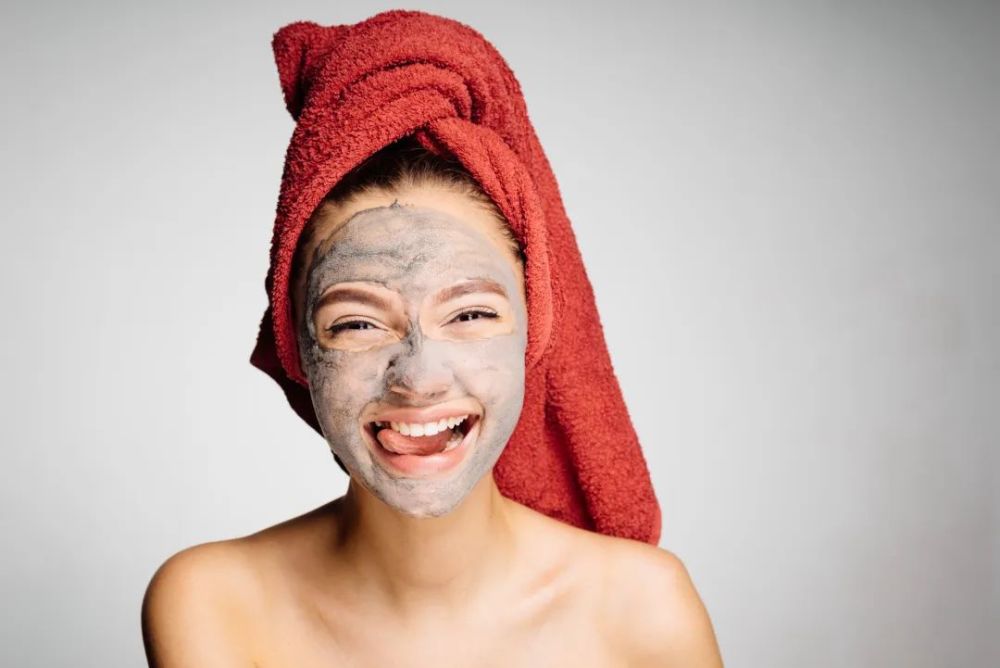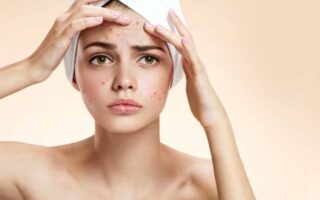Sunscreen protection is not something you do only in the summertime, but every other day, throughout the year. The subject of sun protection is overhyped; unfortunately, many people still don’t understand or know much about it. Instead, the rampant ignorance of sun protection ingredients and usage made people commit mistakes that exposed their skin to sun-related problems. People are ignorant about so many things about sun protection, especially SPF. What does it mean, what is the meaning of the number placed after SPF (SPF 50), does it mean higher protection against the sun?
What is the meaning of SPF, and how is it measured by skincare companies?
The SPF of a product refers to its sun defense ability from burning beams of UVB (ultraviolet B). Necessarily, a sunscreen SPF does not infer it shields you from the aging effect of UVA (ultraviolet A) or UVB. Industries use other testing companies to examine the SPF range in their brand conformity with the testing guides of the FDA. When selecting sun protection products, ensure that you pick one that has already undergone the broad-spectrum defense test, meaning it provides adequate protection against UVB and UVA rays. This is the only way you can be certain that you have adequate protection from the effects of UV damages and lasting protection against wrinkles, skin cancer, and sunspots.
What does SPF 50 mean?
The SPF range use to trigger a lot of commotion until the FDA launches another labeling stipulation. Most people use to think that the number of sun protection factor labels is equivalent to the minutes or hours the skin will stay protected or the percentage of beams filtered by the sun.
The digits in SPF correlate to the length of time one can stay exposed to the sun with no negative effect. For example, if you apply SPF 50, you can stay outdoors for as long as 50 times as if you were not protected. Unfortunately, it doesn’t consider sweating, swimming, toweling, UV index level, or your skin type.
All sun protection products possess mandated guidelines and moisture resistance outcomes present in their packaging. So, the sun protection brand can be either potent for about forty minutes or eighty minutes in water, this is why people are advised to apply sunscreen every 2-hours, and forty or eighty minutes after sweating or swimming.
Is SPF 50 the limit?
Yes, it should be. The reason is that since SPF 50 provides about 98% UVB protection, and no protection is 100%, there is, therefore, no logical reason to go higher than SPF 50.
How can you know if a sunscreen product offers adequate protection?
When shopping for sunscreen products, endeavor to look for one that offers wide-spectrum defense, and it must be stated on the label. The product that has wide-spectrum protection offers sufficient protection against the sun. Applying antioxidant products along with sunscreen also gives you adequate protection.
For increased protection, put on clothes that cover other parts of your body, wear sunglasses, and broad-brimmed hats.



